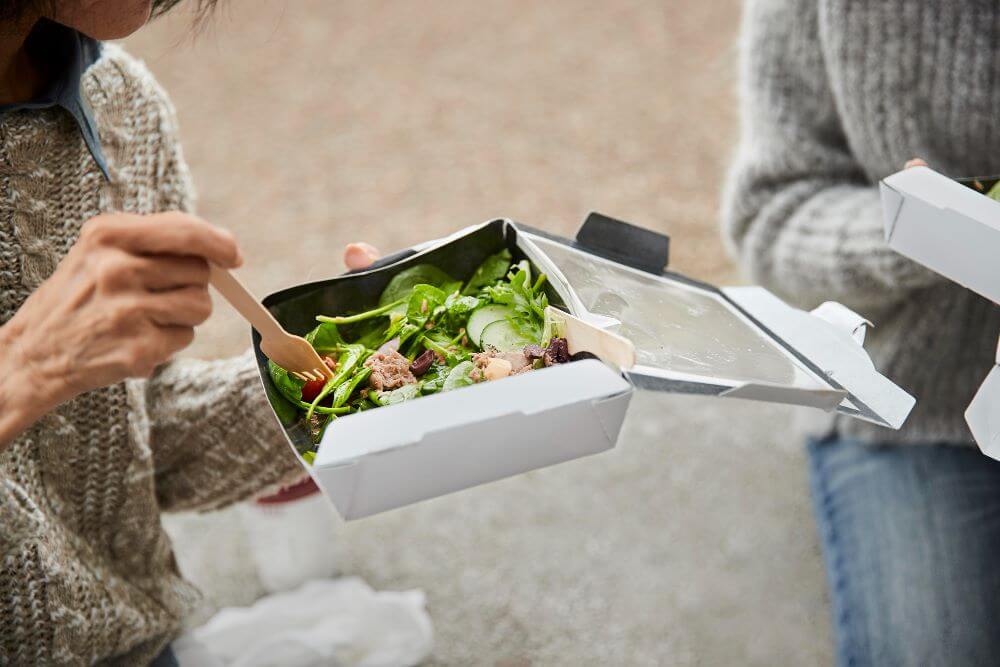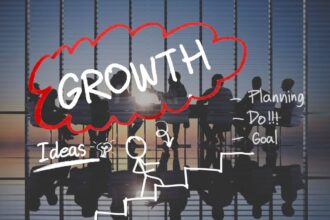Sustainability has quickly moved from a niche concept to a mainstream business priority, especially in the food industry. With mounting concerns about plastic waste and the environmental toll of single-use packaging, consumers and brands alike are shifting toward solutions that reduce harm and promote circularity. Packaging, often discarded within minutes of use, has become a focal point of change, where innovation meets urgent environmental responsibility. Materials that were once considered too alternative or costly are now entering the spotlight as viable, scalable replacements for plastic. One standout in this movement is the growing adoption of compostable food packaging, offering a blend of functionality and environmental performance. Keep reading to explore how this shift is reshaping supply chains, consumer habits, and the way food is delivered, stored, and enjoyed around the world.
Meeting the Demand for Responsible Packaging
Consumer awareness has become one of the strongest drivers behind sustainable change in the packaging industry. Shoppers are no longer satisfied with products that only taste good or come at a good price—they also want packaging that reflects their values. Whether they’re browsing at a grocery store or ordering online, they’re looking at labels, researching materials, and favoring companies that reduce waste.
For food brands, this shift in expectation presents both a challenge and an opportunity. The challenge lies in rethinking packaging systems that have long relied on plastics for durability, cost-efficiency, and shelf life. The opportunity is in being part of the solution, offering packaging that’s both high-performing and kind to the planet.
Brands that respond early are gaining an edge. They’re standing out in competitive categories by communicating a clear commitment to environmental health. From transparent film wraps to resealable pouches, compostable materials are being adapted into formats that work with existing food logistics while delivering on sustainability promises.
This growing consumer preference isn’t just a passing phase—it’s a defining characteristic of the modern marketplace. Companies that listen, adapt, and deliver packaging solutions with integrity will be best positioned to thrive in this new era of conscious consumption.
Rethinking Packaging Materials for Modern Needs
Traditional packaging often depends on petroleum-based plastics, which can take hundreds of years to degrade. While recycling infrastructure exists, much of this material still ends up in landfills or the ocean due to contamination or lack of facilities. In contrast, compostable materials are designed to break down into natural components under the right conditions, offering a more planet-friendly alternative.
Material innovation has made it possible to produce flexible, food-safe packaging that mimics the strength and clarity of plastic, yet decomposes into organic matter in composting environments. These materials are suitable for dry goods, snacks, baked items, and more, preserving freshness while keeping sustainability at the core.
Advances in plant-based polymers and starch-derived films have broadened the application range of compostable options. They can be printed, heat-sealed, and even layered to provide moisture and oxygen barriers that meet the requirements of packaged food.
The flexibility of these solutions allows brands to maintain their packaging aesthetics and performance while transitioning to materials that leave a lighter footprint. Whether used for single-serving items or bulk containers, compostable packaging helps bring sustainability directly into consumers’ hands.
Creating End-of-Life Systems That Work
One of the keys to maximizing the benefits of sustainable packaging lies in designing for its entire lifecycle. Compostable materials offer a different end-of-life path than recyclable or landfill-bound products, but they still require proper handling to achieve their environmental goals.
Consumer education plays a vital role here. Clear labeling, disposal instructions, and visual cues help ensure that packaging ends up in composting environments—whether through municipal systems, home compost bins, or industrial collection programs.
Food businesses can also contribute by partnering with waste management providers or third-party composting initiatives to close the loop. Restaurants, grocers, and delivery services are starting to offer compost return programs or packaging take-back options to support responsible disposal.
Some regions are already seeing success with large-scale composting efforts, creating nutrient-rich soil from food waste and compostable packaging. These programs reduce methane emissions from landfills and return valuable resources to the environment.
The effectiveness of compostable solutions depends on their alignment with infrastructure and user behavior. With more support systems in place, the environmental impact of food packaging can shift dramatically in the right direction.
Strengthening Supply Chains with Smart Sustainability
Sustainability isn’t just about what materials are used—it’s about how they integrate with the rest of the supply chain. Compostable packaging needs to align with manufacturing processes, filling systems, and storage protocols to be practical at scale.
Food producers and packers must evaluate materials for compatibility with machinery, durability during shipping, and compliance with food safety regulations. Fortunately, newer compostable technologies are being designed with these logistics in mind. To ensure full compliance and proper implementation of safety protocols, many industry professionals benefit from HACCP online training, which provides essential guidance on hazard analysis and critical control points in food production and packaging.
Suppliers are offering materials that are freezer-safe, shelf-stable, and resistant to grease or humidity, ensuring that compostability doesn’t come at the expense of product protection. This performance is crucial for brands that serve multiple distribution channels or operate across different climates.
In addition, many compostable packaging formats are lighter than their traditional counterparts, which can reduce fuel consumption and lower emissions during transport. These efficiencies add up over time and can be reflected in sustainability reports and carbon footprint calculations.
By embedding environmental goals into operational planning, food businesses can build supply chains that are not only resilient but also reflective of a broader mission. It’s a chance to improve every stage of the product lifecycle—from sourcing to delivery to disposal.
Unlocking Long-Term Value Through Eco-Friendly Innovation
As regulations tighten and sustainability expectations rise, brands that invest in forward-thinking packaging will gain more than just customer approval—they’ll gain long-term operational and reputational value.
Governments are increasingly introducing bans on single-use plastics and offering incentives for compostable or recyclable materials. Staying ahead of these regulatory shifts allows companies to adapt smoothly and avoid last-minute changes or penalties.
Eco-friendly packaging can also lead to new revenue streams. Brands that align with sustainability goals are more attractive to investors, retail partners, and strategic collaborators. Environmental performance is becoming a key metric for evaluating business potential, especially among ESG-conscious stakeholders.
Internally, innovation around sustainable materials encourages a culture of problem-solving and purpose. Teams that rally around positive impact tend to work with greater passion and creativity, contributing to both retention and morale.
Sustainable packaging isn’t just a product feature—it’s a brand asset. When integrated with transparency, responsible sourcing, and clear communication, it becomes part of a larger story that consumers want to support.
The momentum behind sustainable food packaging continues to build, and with each innovation, the industry moves closer to a future where product quality and environmental responsibility go hand in hand.


















